#WASHINGTON — Blue Origin expects to launch the first version of its Blue Moon lunar lander, a precursor to a future crewed lunar lander it is developing for #NASA, in 2025.
In an interview on the #CBS News program “60 Minutes” broadcast March 3, John Couluris, senior vice president of lunar permanence at Blue Origin, said the company was planning to launch the first “Mark 1” version of its Blue Moon lander in as soon as a year.
“This lander, we’re expecting to land on the moon between 12 to 16 months from today,” he said, referring to a full-sized mockup of the lander behind him. “That is what our team is aiming towards.”


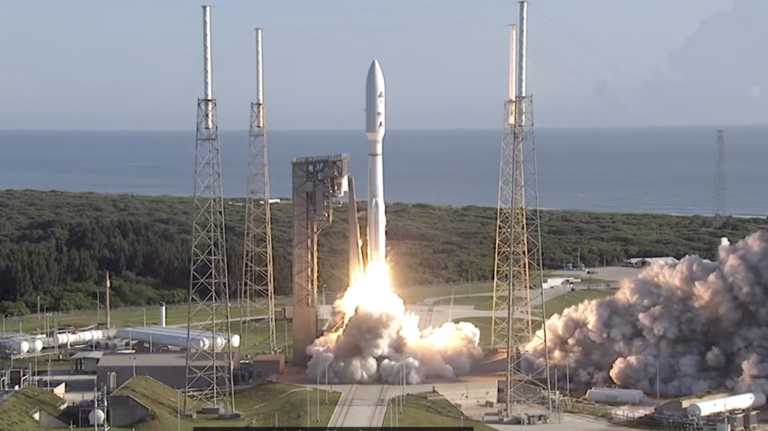


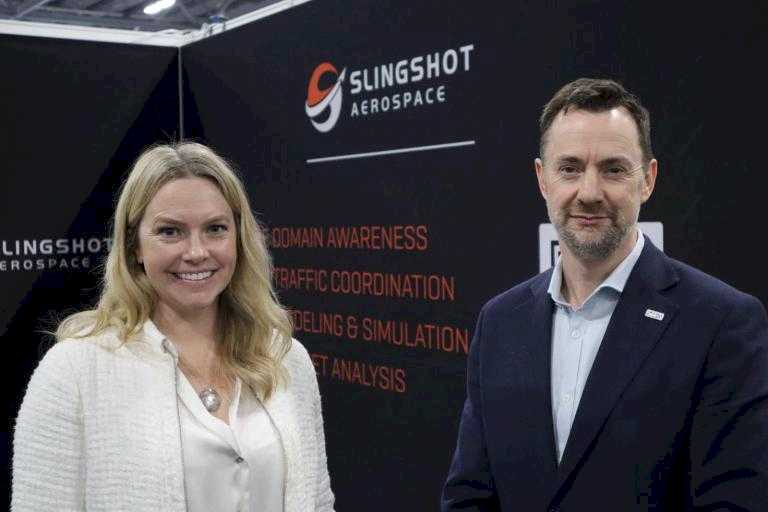
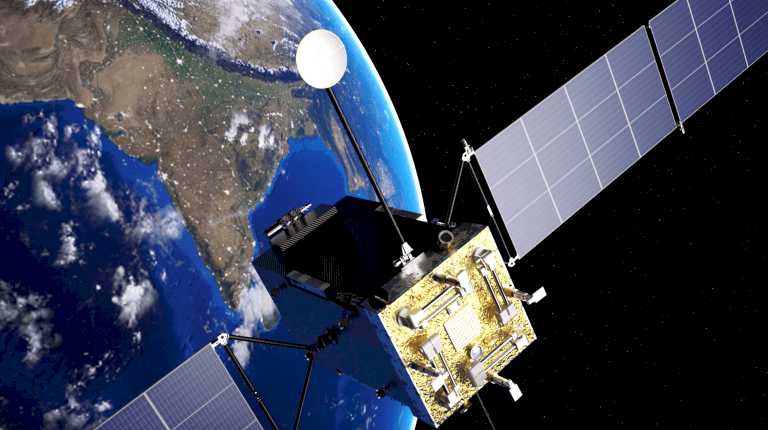
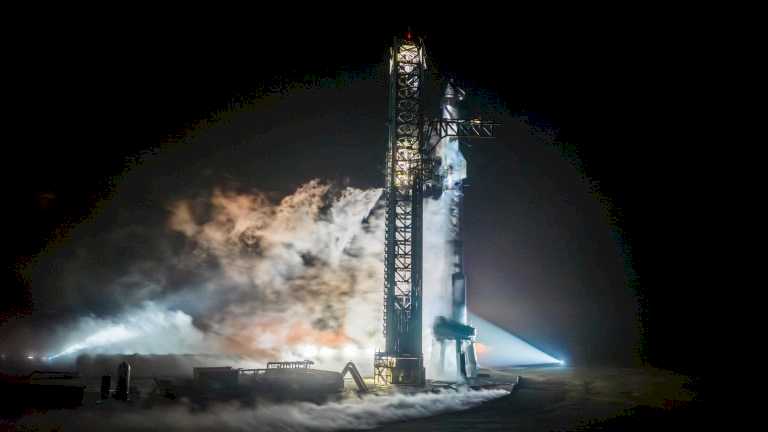
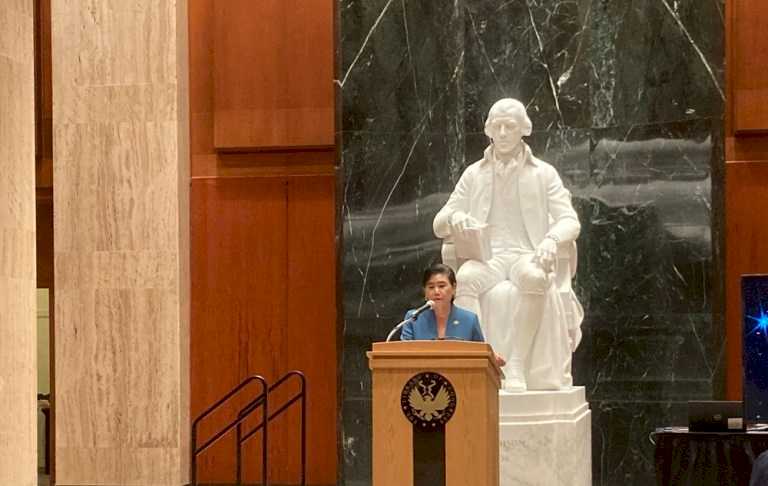

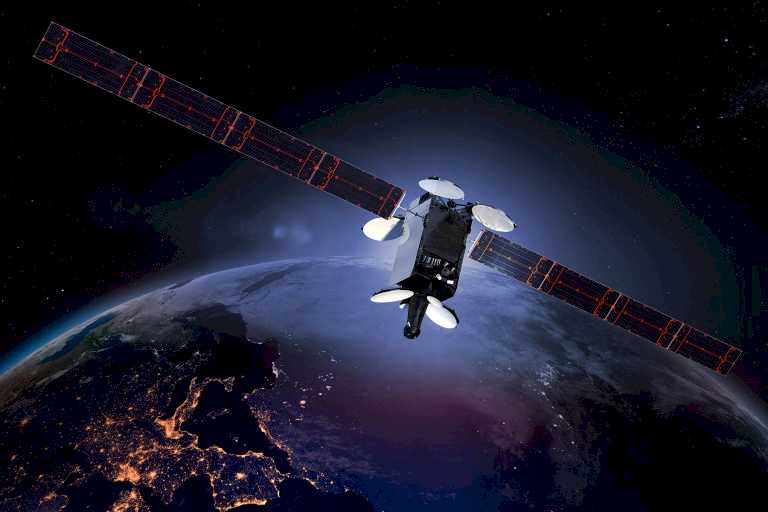
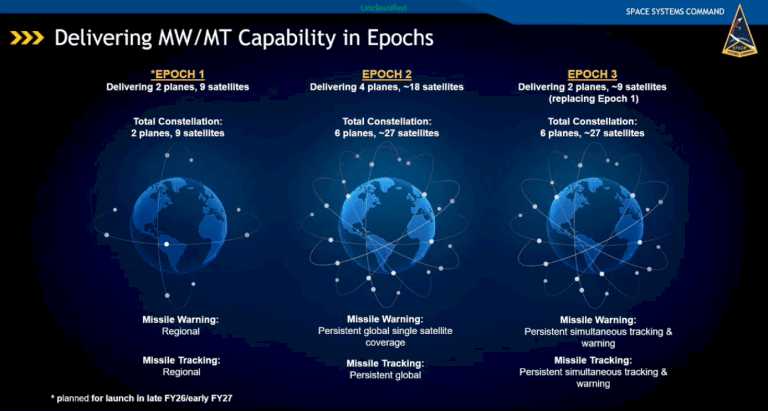
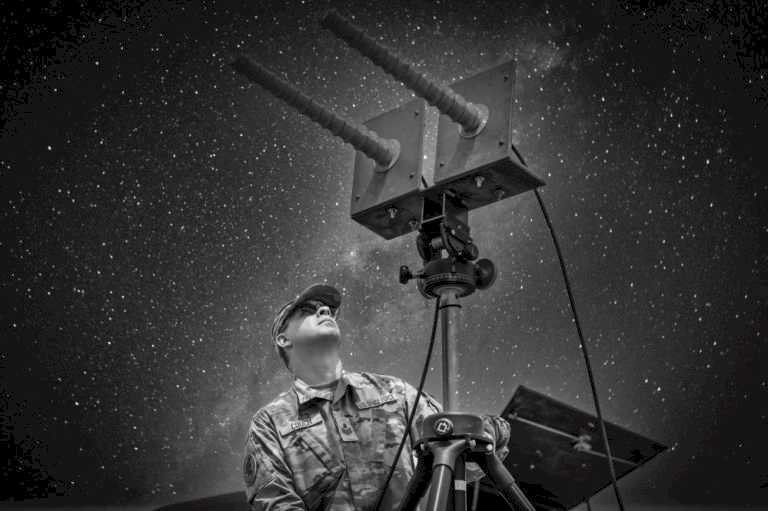
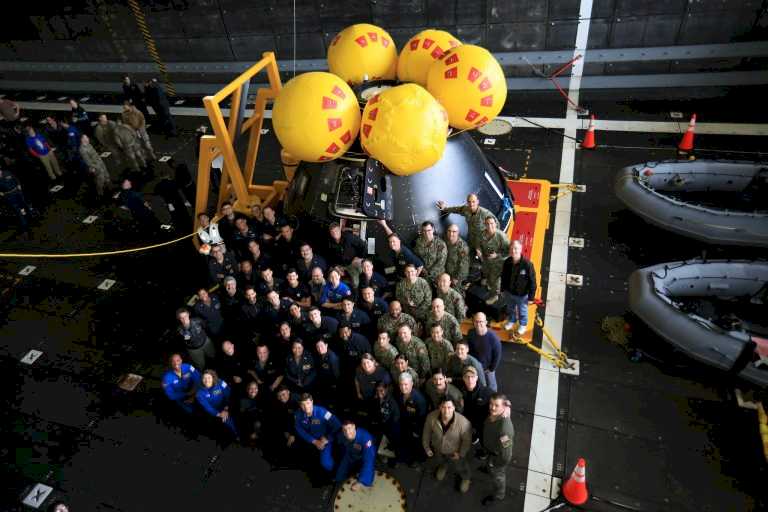
Space news on Umojja.com